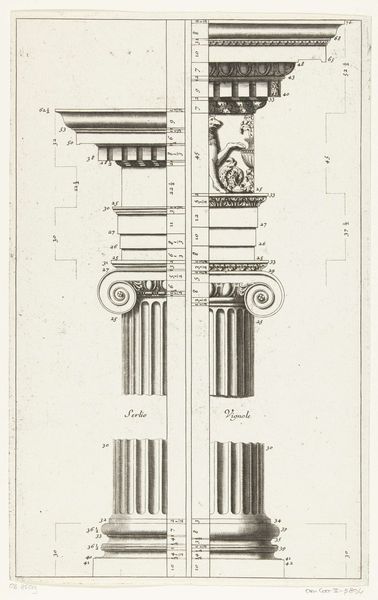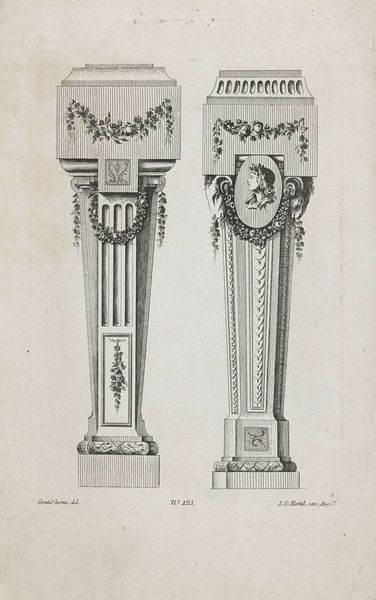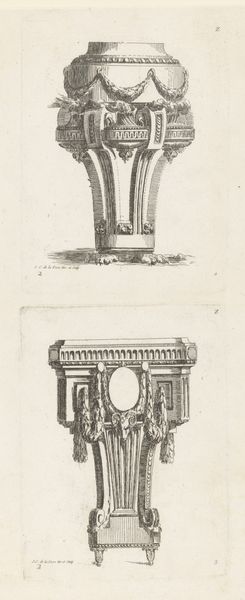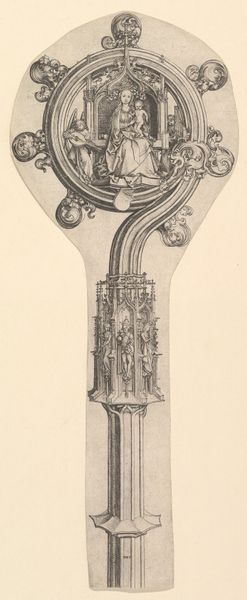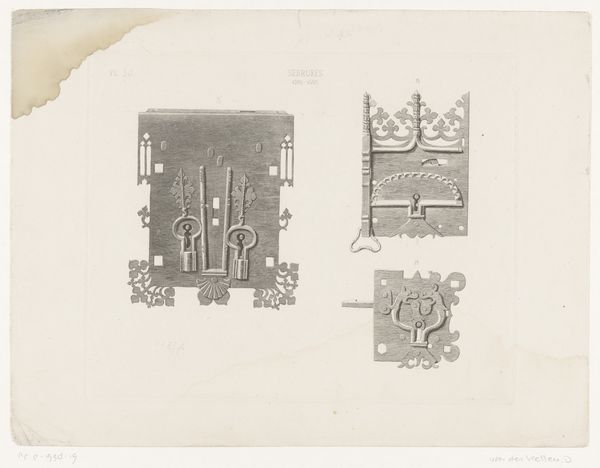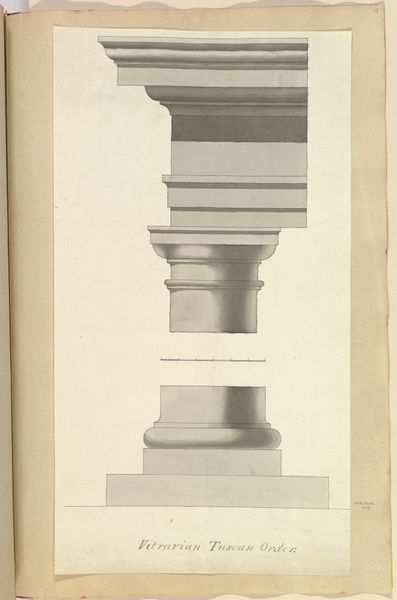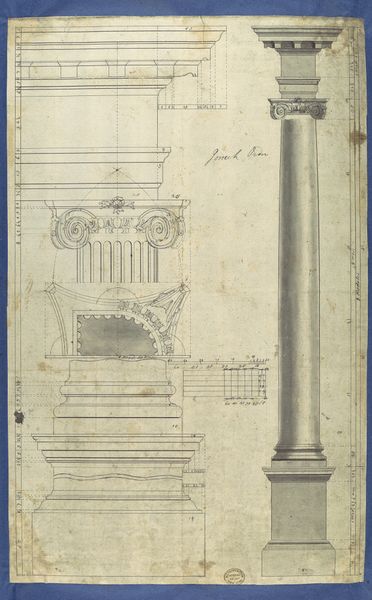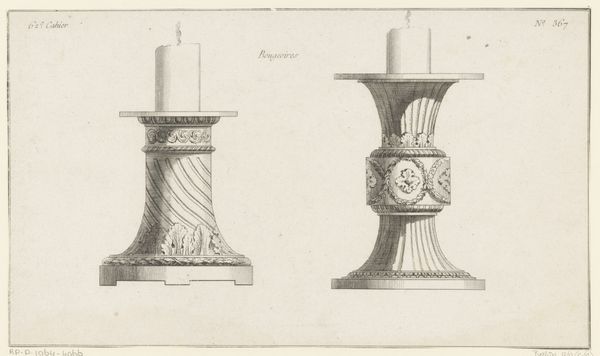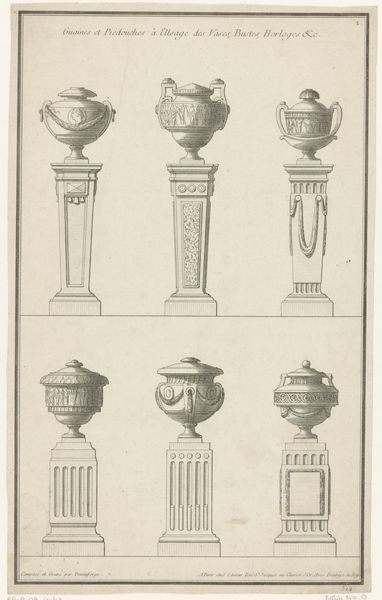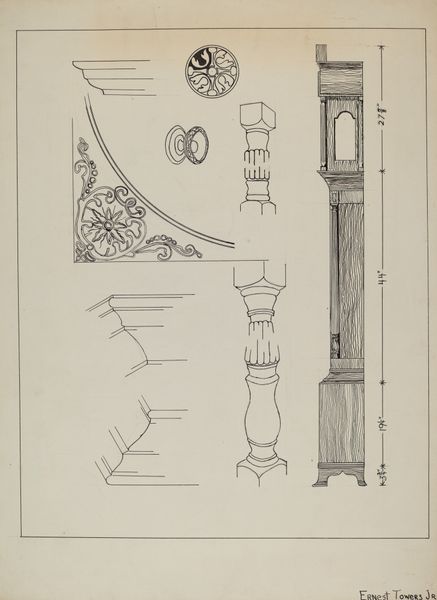
Vier manieren om een zuil van de Toscaanse orde tegen een muur te plaatsen 1606 - 1620
0:00
0:00
print, engraving, architecture
#
baroque
# print
#
form
#
geometric
#
classicism
#
line
#
academic-art
#
engraving
#
architecture
Dimensions: height 195 mm, width 286 mm
Copyright: Rijks Museum: Open Domain
Hendrick Hondius I created this print of 'Four Ways to Place a Tuscan Column Against a Wall' using etching in the Netherlands, sometime before his death in 1650. This print gives us insight into the institutional role of art in early modern Europe. During this period, architectural knowledge was disseminated through prints like this one, which served as educational tools for builders and designers. The Tuscan order, known for its simplicity, was considered appropriate for practical structures. Hondius's print reflects the growing interest in classical architecture and its adaptation to contemporary building practices. The print also highlights the cultural value placed on order and proportion during the Dutch Golden Age. This was a time when the Netherlands experienced significant economic growth and social change, leading to a desire for stability and structure in art and architecture. By studying Hondius's print, along with related architectural treatises and building records, we can better understand the social conditions and artistic conventions that shaped architectural design in the 17th century.
Comments
No comments
Be the first to comment and join the conversation on the ultimate creative platform.

